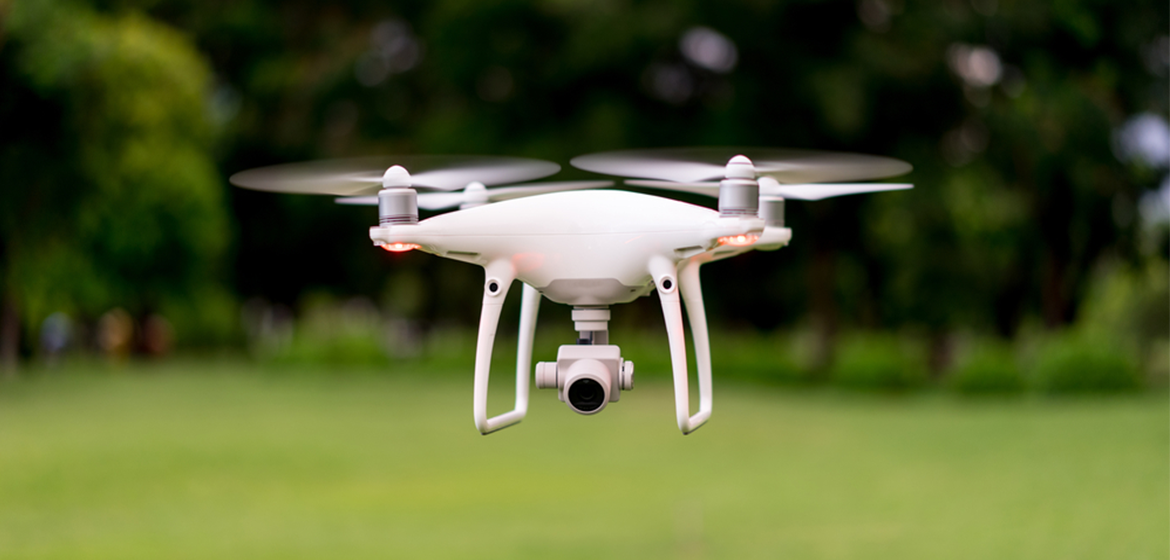The Role Of Drone Videography In Documenting Storm Damage For Insurance Claims

When it comes to assessing storm damage for insurance claims, accurate documentation is crucial. Traditionally, insurance adjusters would conduct on-site inspections and take photographs manually, a process that was time-consuming and often subject to human error. However, with the advent of drone videography, the game has changed. In this blog post, we will delve into the role of drone videography in documenting storm damage for insurance claims and explore the numerous benefits it offers to both insurance adjusters and policyholders.
The Power of Drone Videography
Drones equipped with high-resolution cameras and advanced imaging technology have become valuable tools for documenting storm damage. These unmanned aerial vehicles can capture detailed aerial footage and images of affected properties, providing a comprehensive visual record of the extent of the damage. By flying over the property and capturing footage from different angles, drones offer a unique perspective that was previously unattainable. This allows insurance adjusters to assess the damage more accurately and make fairer claim settlements.
Efficiency and Time-Saving
One of the significant advantages of drone videography in documenting storm damage is its ability to expedite the claims process. Instead of manually inspecting each property, insurance adjusters can review the drone footage remotely, saving time and resources. This increased efficiency translates into faster claim resolutions, allowing policyholders to receive the compensation they deserve promptly. With drone technology, the claims process becomes more streamlined, reducing the waiting time for policyholders and ensuring a smoother experience overall.
Enhanced Accuracy and Detail
Drone videography provides a level of accuracy and detail that traditional methods cannot match. The high-resolution cameras on drones capture even the minutest details of storm damage, such as roof shingles torn off, broken windows, or structural cracks. Insurance adjusters can zoom in on specific areas of concern, obtaining a close-up view without compromising their safety or causing further damage. The detailed footage acts as compelling evidence in support of insurance claims, minimizing disputes and expediting the settlement process.
Improved Safety
Documenting storm damage can be risky and potentially dangerous, especially in situations where structures are unstable or compromised. Drones eliminate the need for adjusters to physically access hazardous areas, reducing the likelihood of accidents or injuries. With their ability to reach high or inaccessible places, drones ensure that all parts of a property are thoroughly assessed, enhancing safety for both adjusters and policyholders.
Environmental Benefits
In addition to their practical advantages, drone videography also offers environmental benefits. Traditional methods of inspecting storm damage often involve multiple site visits, requiring adjusters to travel extensively. This eco-friendly approach aligns with sustainable practices and contributes to a greener, more environmentally conscious insurance industry.
Conclusion
Drone videography has revolutionized the way storm damage is documented for insurance claims. With their ability to capture high-resolution aerial footage, drones provide insurance adjusters with accurate and detailed evidence, expediting the claims process and ensuring fair settlements. Policyholders benefit from faster resolutions and increased transparency, as the visual records leave little room for dispute. As the insurance industry continues to embrace technological advancements, the role of drone videography will become even more vital, transforming the way we assess and handle storm damage claims.